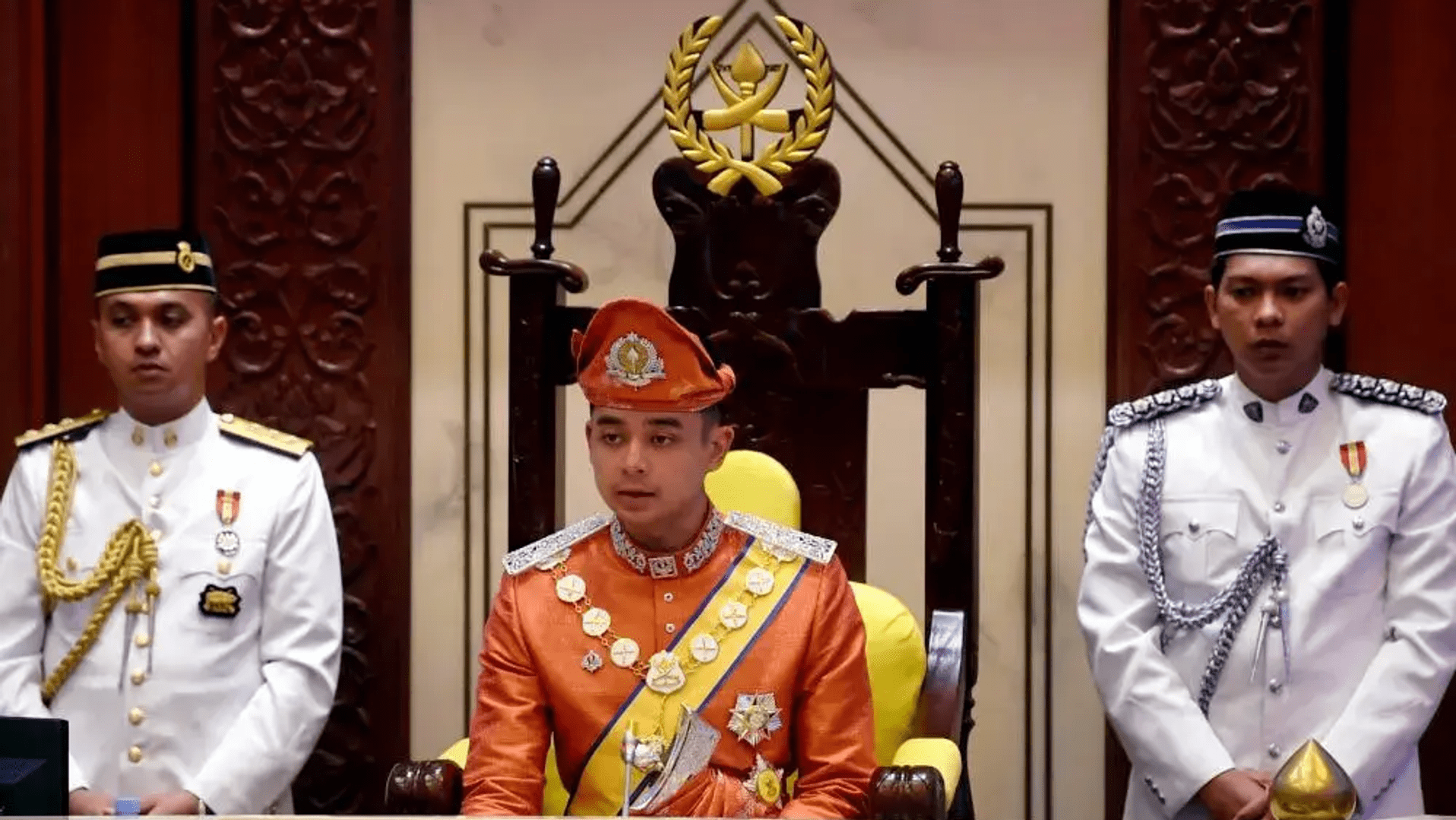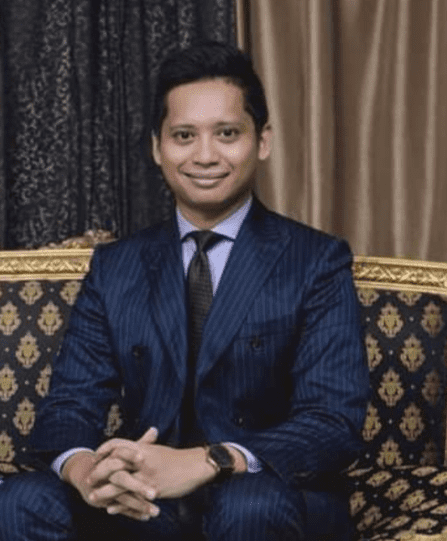Malay Tradition and Manners, from a perspective of great literary work "Customs Of The Malay Kings (Raja)"
The relevant clause presents characteristics or qualities of personality excellence or Malay character.

By Datuk Zainal Abidin bin Borhan, Yayasan Karyawan
Translated by Raja Izz
Picture: Pemangku Raja Pahang KYDMM Tengku Hassanal Ibrahim Alam Shah Al-Sultan Abdullah Ri’ayatuddin Al-Mustafa Billah Shah
Introduction
This paper will specifically examine a manuscript called "Adat Raja-Raja Melayu" which was composed by Datuk Zainuddin a Malay Captain in 1,193H or 1,779 AD when Melaka was controlled by Melaka. This manuscript was written at the request of the Governor Dutch De Bruyn because he wanted to know about the customs of kings (Raja) and dignitaries during the old days. With the help of Lebai Muhit from Tengkera, Datuk Zainuddin was able to write about the customs. Datuk Zainuddin and Lebai Muhit have saved the dignity of the people of Malacca at that time from being humiliated because some did not know about the customs of Malay kings. (Panuti Sudjiman, 1982:10).
Because the manuscript was written around 268 after Melaka lost to the Portuguese (1511-1641), then Melaka was controlled by the Dutch (1641-1795, 1798-1824), so usually if the country loses, the king retreats together with all the equipment or regalia greatness and all customs to the new region or state.
According to Panuti there are 10 copies of the Custom of the Malay Kings that have been identified. There are two copies in Singapore, one in the Raffles Museum and the other in the National Library Archives. Three copies at the School of Oriental and African Studies, two copies at the Royal Asiatic Society of London. A copy from the Royal Asiatic Society in the Library of the University of Leiden, one at the Jakarta Central Museum and the other at the Bibliotheque Nationales in Paris. All manuscripts are written in Jawi script.
Yayasan Karyawan has obtained two copies of the "Customs of the Malay Kings" (Adat Raja-Raja Melayu) SOAS version and PNI version. A copy of the SOAS manuscript was obtained with the help of Professor Dr. Jelani Harun, while a copy from PNI was obtained with the help of Professor Emeritus Datuk Dr. Abdullah Zakaria Ghazali. The Karyawan Foundation has appointed Datuk Dr. Zainal Kling for edit and write an introductory essay on the customs contained in the manuscript.
Descriptively, this manuscript specifically comments on the "customs of the king", which has been a tradition for hundreds of years, because the origins of this custom come from the land of Palembang, such as 2 revealed in Sulalat us-Salatin or Malay History. The king's customary system was put in place by the king is not based on the legendary figure Datuk Perpateh Nan Sebatang or Datuk Kertamanggongan or Datuk Temenggong Treasurer Kaya. Manuscripts of Sulalatus Salatin and The Malacca Customary Law clearly stipulates the implementation of this "custom of the king". Wilkinson (Hooker, 1970: 6-37) and Abdullah Siddik (1975: 158) think that this custom of the king originates from Palembang (Sriwijaya).
It should be realized that the description about the king's customs has been expressed a lot in various manuscripts or Malay masterpieces such as Hikayat Raja Pasai, Sulalat us-Salatin, Hikayat Aceh, Hikayat Malay Mass, Canon Law Melaka, Hikayat Pahang, Hukum Kanun Pahang and others. However, the whole custom of the king or the king's customs originated from Palembang and moved to Bintan, then to Temasek and finally to Melaka, which then continued to Johor and Perak. King custom this is what is used to organize and govern the state including all customs ceremonies performed to explain all the greatness and sovereignty of kings Malay. This paper will try to display two aspects of the king's custom as described the author in several clauses or chapters, and aspects of ethics as found in clause 'The Origin of Malay Names'. Both of these aspects reflect the image of superiority high Malay culture as expressed by the masterpiece Adat Raja-Raja Melayu.
In the Customs of the Malay Kings (Raja) there is a Clause called "The Origin of Malay Names". Captain Zainauddin as the author got the information from a Riau named Abdul Arif. Anyone who reads this clause will get it understand and interpret the meaning of etiquette, polite, civilized, cultured and civilized as well as people of nationality. Literally I quote the clause:

About the Author
Raja Izz
Raja Izz (MBA) is the co-founder and Editor-in-Chief of Gentleman's Code (GC), a publication that champions elegance and refined living.
Since its inception in 2018, under Raja Izz’s leadership, GC has reached remarkable milestones, including being recognized as one of the Top 20 Digital Men’s Magazines by Feedspot in 2025 and ranking #1 for “Elegant Man” by Google in the same year.
The magazine has also played a pivotal role in celebrating and defining the modern gentleman, with notable recognitions such as the GC Man of the Year and GC Elegant Man awards.
With his signature blend of gravitas and grace, Raja Izz does not seek the spotlight. Instead, he builds the platform—for others to rise, for values to return, and for men to remember who they once aspired to be.

